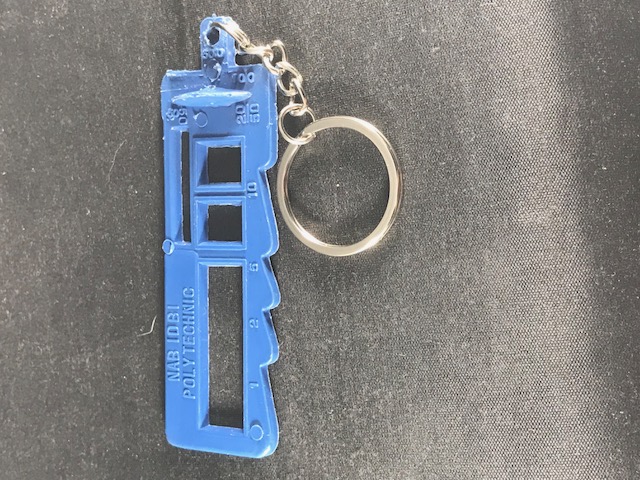It seems that we have heard more about accessible currency this year than in any year before. If we read the news carefully, there is announcement almost every month somewhere about making currency more accessible, or maintaining the commitment. I will give a brief overview of what happened this year. As I explained in an earlier post, finding this type of information is not always obvious, and it is possible I missed a few items. If you are aware of any, please leave a comment at the bottom and I will add it.
A big thank you to my friend Quentin Christensen for helping me verifying the new features from pictures on the internet and in catalogs.
Accidental accessibility
Before we dive into currency accessibility, I have to mention something that almost seemed like a trend this year. Some smaller denomination bank notes were replaced with coins. This immediately makes currency more accessible. Why? Because people can use coins instead of bank notes, which are much more recognizable by touch and sight. Ultimately what matters is that people can make payments more independently, and this is a useful approach.
Just a few examples where it happened in 2019:
- Ghana replaces the 2 Cedi bank note with a coin
- India issued a 20 Rupee coin, previously only a bank note existed for this denomination. The new coin will be 12-sided, which will make it easy to differentiate from the other coins.
- Kenya replaced its coins with more recognizable ones to help the visually impaired. Though the new coins were issued in 2018, they started to enter circulation in early 2019.
- The Philippines is replacing the 20 Peso bank note with a coin
China
China introduced new Yuan bank notes this year, continuing their commitment to tactile notes. The new notes are using braille marks, possibly shapes which resemble braille digits, which should still make sense for braille readers. It is one of the features which is hard to verify until I can order the new notes.
Ghana
Besides the 2 Cedi coin, Ghana also introduced new bank notes in 2019. While it wasn’t mentioned in the news, the new bank notes also contain tactile features.
India
It created quite a bit of controversy when India released new bank notes in 2019, but did not add tactile marks to the lower denomination currencies. Almost as an afterthought, the Reserve Bank of India is working on creating an app for visually impaired people to help recognize Indian currency. I wrote about the implications of the new system earlier this year.
Kenya
Aside from replacing its coins, Kenya is also issuing new currency. The Central Bank of Kenya promised to make it more friendly for visually impaired people, but there is very little information about it. During this year, the production of this new currency was slowed down. The idea behind the new Kenyan shilling will help to fight crime and coruption, but it will take some time to replace the currently circulating Shillings.
Trinidad and Tobago
A new $100 note was issued in Trinidad and Tobago. The original announcement explained that there will be braille marks on this note, but in reality it is a tactile identification mark. About one week after the announcement, some articles started to appear discussion how counterfeit notes were already entering circulation. They will definitely have a difficult time replicating the tactile marks, not to mention any of the new security features.
Ukraine
Ukraine also added new features for the visually impaired on the new currency, what we know at this point is that the new bank notes will have better contrast for enhanced visual recognition.
Zimbabwe
Zimbabwe also added features for the visually impaired on their new notes, however, at this point there is very little information about it.
Conclusion
Summing it up, it is 7 countries which made a new or continuing commitment to accessible currency, and these are only the ones I am aware of. It looks like much more attention is placed on accessible currency recently. Some of the initiatives are better than others, it appears that we are in the process of finding out what works and what doesn’t. But most importantly, the commitment and willingness is there, which is a great step to the right direction to make payments available to all people.



Hello. Very interesting site, congratulations.
Here in Brazil our banknotes are also accessible to visually impaired people. There are lines on a corner that are tactile, but you can feel them better on new notes. The old ones get worn and lose this feeling. The 2 Reais bill has a diagonal line, 5 Reais has a horizontal line, 10 Reais has two vertical lines, 20 Reais has 2 diagonals, 50 has 2 horizontals and one hundred has 3 verticals.
I really enjoyed the tactile marks on the bank notes when I was in Brazil. Unfortunately, as you said, the notes wear out, and my experience was that most circulation notes were hard to tell apart. However, I like that tactile marks use different line directions, this way you can have many bank notes without having to start counting lines.